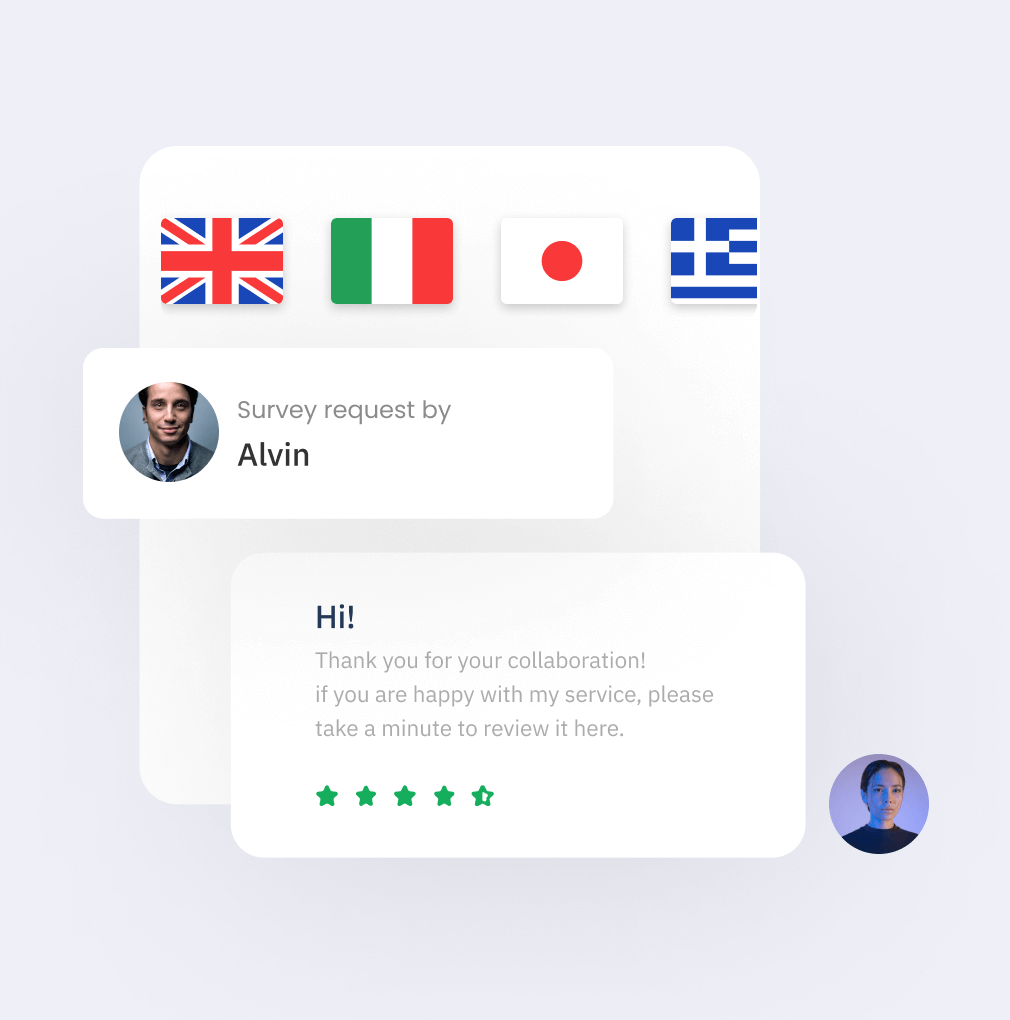HR surveys are a great way for companies and HR teams to have a bird’s eye view of employee sentiments, including job satisfaction, engagement, and company culture.
HR teams have a lot on their plate when it comes to managing teams from hiring and onboarding to training and enrichment. Surveys are a great way for HR teams to track employee thoughts and collect honest feedback, which can be used to make adjustments and introduce new employee initiatives that improves their quality of work life.

HR surveys are indispensable tools for organizations to gather insights into employee experiences, attitudes, and perceptions. By seeking input and direct feedback from employees, HR teams can make informed decisions, identify areas of improvement and contention, pinpoint potential problems, and gauge overall employee morale. Moreover, HR surveys foster a culture of transparency and accountability, as they aid continuous improvement within the organization.
HR leaders can analyze survey data to ensure HR strategies are aligned with business objectives, ensuring decisions serve organizational needs.
HR professionals can collect feedback via surveys to gain a better understanding of employee satisfaction, concerns, and motivations, and use this information to make positive organizational changes.
HR departments can use surveys to assess employee experiences and satisfaction, and make changes that increase employee satisfaction and morale.
Talent acquisition specialists can glean insights from surveys to improve recruitment strategies, and improve the candidate experience.
HR teams can leverage survey data to identify training needs and preferences, as well as career aspirations, then identify areas of improvement for team members in different stages of their careers, leading to an improvement in skills and fostering a culture of growth.
HR practitioners can use employee feedback to determine whether the team feels empowered to make decisions and occupy leadership roles, and take action where needed.
Through targeted surveys, patient relations teams can measure patient engagement and satisfaction, shaping programs that foster trust and support for healthcare facilities.
HR teams can analyze survey results to identify opportunities for improving synergy and teamwork across departments.
HR managers can gather insights on how workplace environments affect innovation, using feedback to foster a culture that supports creative thinking.
HR leaders can scrutinize survey data to develop strategies and policies that promote diversity, equity, and inclusion, thus creating a more supportive workplace environment.













- How likely are you to recommend our organization as a good place to work?
- Do you feel that your contributions are recognized and appreciated by your supervisor and colleagues?
- How supported do you feel in terms of professional development and career growth opportunities?
- Are you satisfied with the work-life balance opportunities offered by the organization?
- How would you rate the clarity and availability of information regarding your new role and responsibilities during the onboarding process?
- How satisfied are you with the level of support and assistance provided during your onboarding period?
- Were the training sessions and materials provided during onboarding helpful in understanding company policies, procedures, and tools?
- Are there any areas of the onboarding process that you felt lacked sufficient information?
How would you rate the overall effectiveness of the onboarding process?
- How would you describe your overall experience working for this organization?
- What factors influenced your decision to leave the company?
- Did you feel you had access to adequate opportunities for career growth and development within the company?
- Were there any specific issues or concerns that you felt were not adequately addressed during your time with the company?
- What are our areas of improvement?
- On a scale of 1 to 10, how satisfied are you with your current compensation package (base salary, bonuses, and incentives)?
- Do you believe that your compensation is on par with similar roles in the industry?
- Which areas of your compensation package can be improved?
- Do you feel the benefits provided meet your personal and professional needs?
- Are there any additional benefits or perks that you would like to see added to the company's offerings?
- How would you describe the organization’s overall culture?
- Do you believe the company fosters diversity and inclusion?
- How strong is your sense of belonging and connection to your team, and the broader organization?
- How would you rate the level of transparency and communication within the company?
- Do you feel like your ideas and feedback are taken into consideration?
This employee survey template helps you capture data to measure and understand the overall employee experience, management efficacy, and work environment.
Get feedback to transform your workplace and drive continuous improvement.